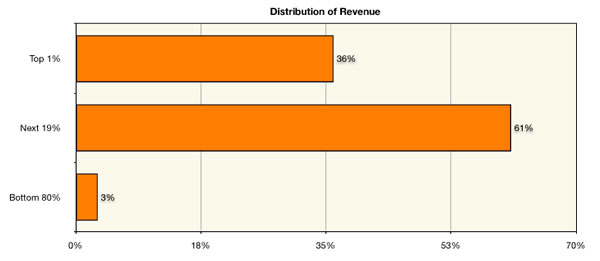RubyMotion Tutorial
Clay Allsop’s RubyMotion Tutorial appears to be the most complete tutorial on the topic online. If you don’t relish the idea of programming in Objective-C but want to write native iPhone apps, you should check out this tutorial and see if coding apps in Ruby with RubyMotion is for you.
If you’re feeling really ambitious, you can fork the tutorial on GitHub and rewrite or expand upon your own version.
Links
AIDE: Android Java IDE
AIDE, the Android Java IDE, lets you code apps for Android devices on an Android device. It’s fully compatible with Eclipse projects, supports the full edit-compile-run cycle and has an editor with desktop IDE features like code completion, real-time error checking, refactoring and smart code navigation. According to the description, AIDE will “turn your Android tablet with keyboard into a real development box” and will “turn your Android Phone into a small development computer to browse and touch your code on the go.”
Links
iOS Image Tricks
Adam from Dwellable, the app for finding and reviewing vacation rental homes, shares some iOS image tricks that he used while taking the iPad version of the app and converting it into an iPhone app. These tricks we necessary the app, while it ran acceptably on the iPhone 4, was unacceptable slow on older units like the iPhone 3. The tricks he discusses are:
- Using an image pipeline to serve the right image for older iPhones, retina iPhones and iPads
- Using spriting — instead of sending a number of images, send a single large image made up of a bunch of images
- Using 16-bit images with older devices to conserve memory
Links
Designing for Android: Tips and Techniques
Here’s a guide for designers to help them design for Android, whose ecosystem has many combinations of OS, screen size, aspect ratio and pixel density. In combination with the design guidelines on the Android Design site, this guide will help you make beautiful, usable Android apps.






